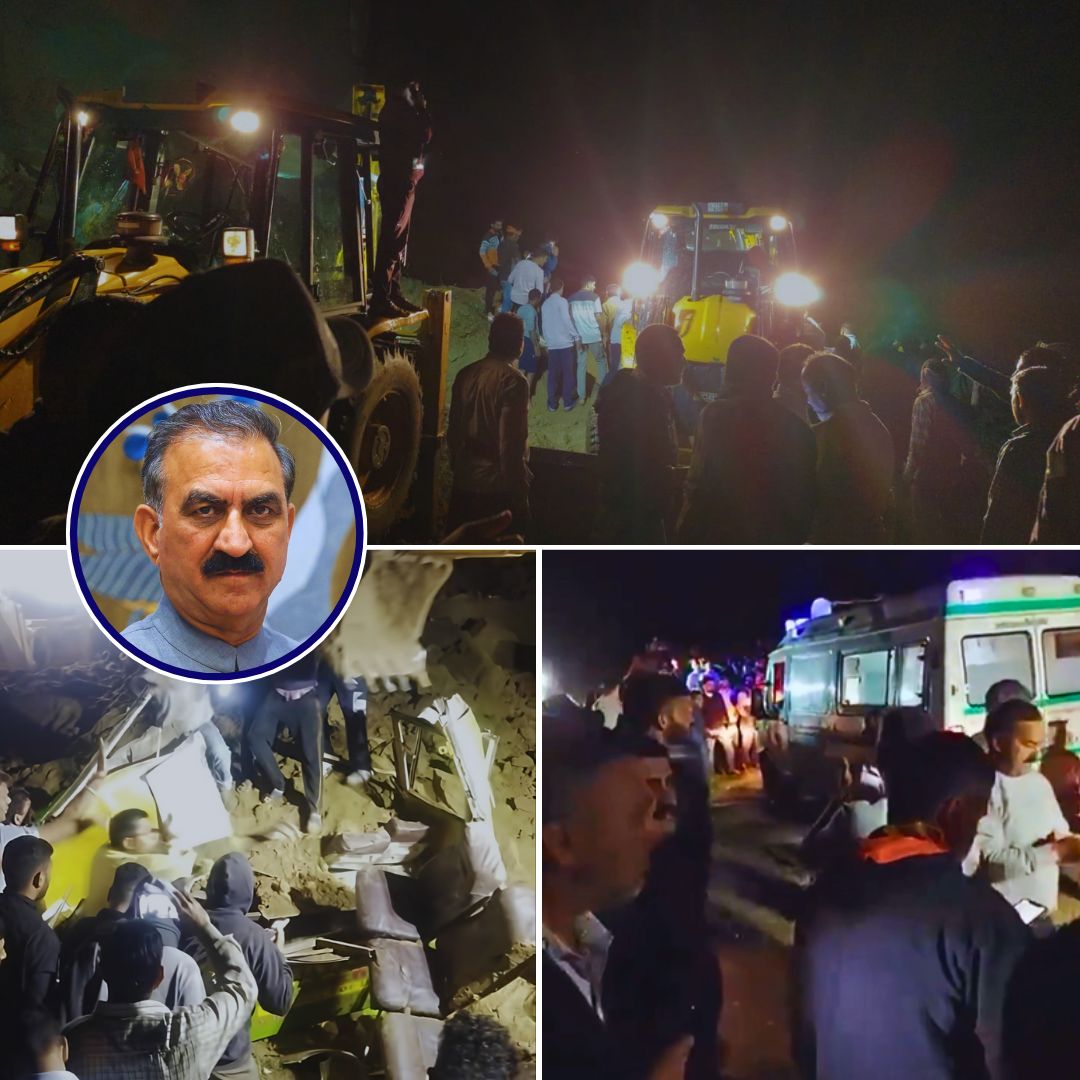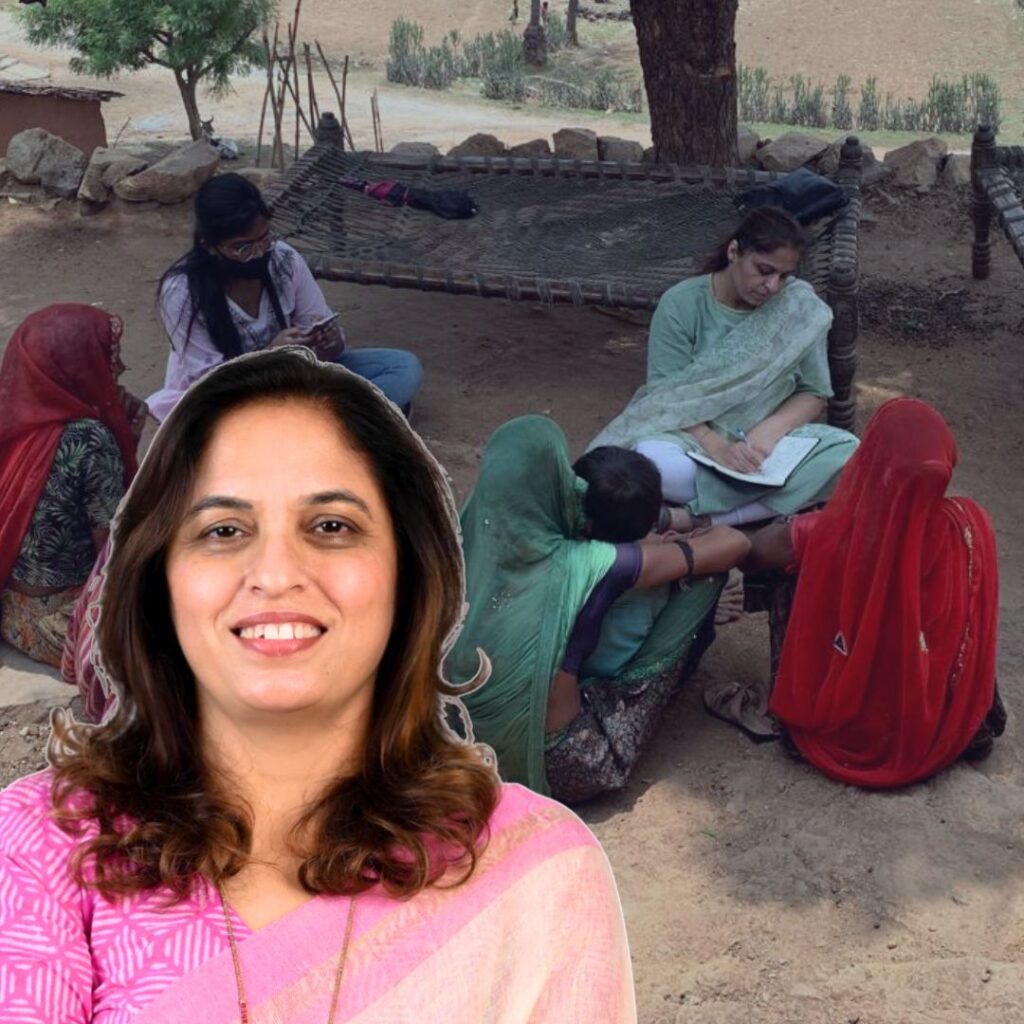At least 15 people lost their lives after a massive landslide struck a private passenger bus in Bilaspur district, Himachal Pradesh, on Tuesday, October 7, 2025. The bus, en route from Haryana’s Rohtak to Ghumarwin, was engulfed by the landslip near Balughat as heavy rain lashed the region. Rescue and relief efforts are still underway, with several individuals critically injured and an eight-year-old child reportedly missing.
Chief Minister Sukhvinder Singh Sukhu is directly overseeing the operations, while Prime Minister Narendra Modi has announced compensation for affected families. Emergency responders continue to brave adverse conditions to search for survivors and recover the deceased.
Landslip Triggers Chaos and Heartbreak
The calamity unfolded around 6:30 pm when, after hours of relentless downpour, a huge chunk of hillside gave way above the Bilaspur-Jhanduta road. The private bus, carrying between 25 and 35 passengers, was quickly buried under tons of rocks and earth.
Eyewitnesses described a nightmarish scene as the vehicle was swept by the sudden landslip, leaving little time for anyone to react. Local residents, aided by district authorities and mechanised equipment, launched an immediate rescue mission. Despite their efforts, 15 bodies have so far been retrieved, among them the bus driver and conductor. Several more, including children, were pulled out alive and rushed to AIIMS Bilaspur for urgent care.
However, with torrential rains hampering operations and darkness falling fast, rescuers fear for those still missing, including an eight-year-old child whose whereabouts remain unknown.
Chief Minister Sukhvinder Singh Sukhu reached out in solidarity with the victims, stating, “I am personally monitoring the rescue and relief efforts. Every possible resource is being mobilised to save lives and support the families of those affected.”
He added that the state government will ensure prompt compensation and medical assistance. Prime Minister Narendra Modi expressed sorrow over the loss, extending condolences to grieving families and announcing ex-gratia relief for next of kin.
Fragile Slopes and Growing Dangers
Tuesday’s landslip is indicative of the harsh realities facing Himachal Pradesh’s population—where persistent rainfall often translates into disaster. The slopes of Bilaspur and adjoining regions have become especially prone to landslides, a phenomenon exacerbated by prolonged monsoon activity and human-induced environmental stress.
Reports note that since June 20, almost 470 people have died in rain-related incidents across Himachal, with landslides and flash floods claiming most lives.
The bus tragedy has put a spotlight on the vulnerability of hilly terrains and the urgent need for better foresight and infrastructure planning. Locals say roads often lack adequate barriers and early-warning signage, while routes traversing unstable hillsides see significant bus and truck traffic, compounding the risks. In the wake of this latest incident, calls have grown louder for authorities to review construction norms, strictly monitor travel advisories, and invest in landslide prediction technology.
Search, Rescue, and Immediate Relief
Local rescue teams, supported by state agencies and the National Disaster Response Force (NDRF), have battled treacherous weather and hazardous terrain to clear debris and search for survivors throughout the night and following day. Heavy machinery has been deployed to remove earth from the affected site, while medical staff and ambulances remain on standby for victims pulled from the wreckage.
District authorities confirm that free medical treatment is being provided to the injured, while psychological counselling is set up to support bereaved families. As rescue operations continue, officials urge patience and caution to avoid secondary accidents; some stretches of road near Balughat remain closed to traffic until further notice.
The Logical Indian’s Perspective
This heartrending disaster demands both immediate compassion and deep reflection from society at large. It is not enough for governments alone to respond-citizens, communities, and civic groups must unite to advocate for safer hill infrastructure and cultivate readiness for emergencies.
The Logical Indian calls for harmonious collaboration between authorities and the public to push for stronger disaster management, transparent risk communications, and collective climate resilience. As a nation, the challenge is not just to comfort the bereaved, but to ensure such tragedies are prevented, or their impact minimised through foresight and solidarity.
🩸 15 dead after landslide buries a private bus in Himachal Pradesh's Jhanduta, near Balughat (Bhalla Bridge), many others still feared trapped. 🤔🧐 pic.twitter.com/3qCGcYA8LB
— Naren Mukherjee (@NMukherjee6) October 8, 2025













